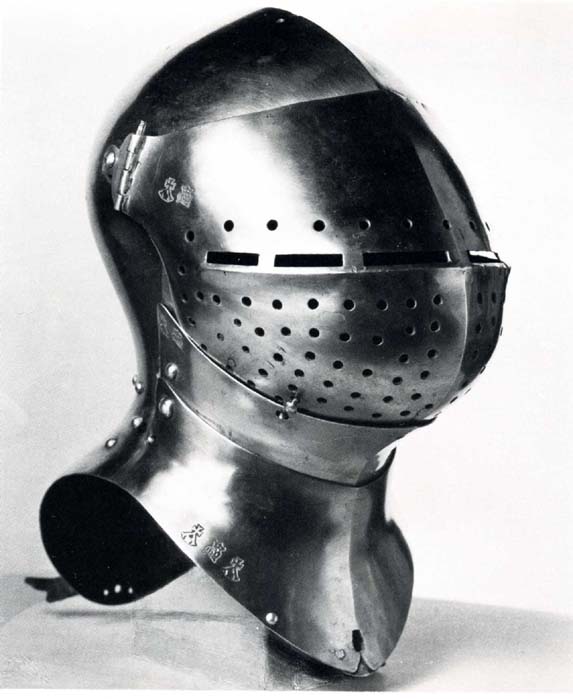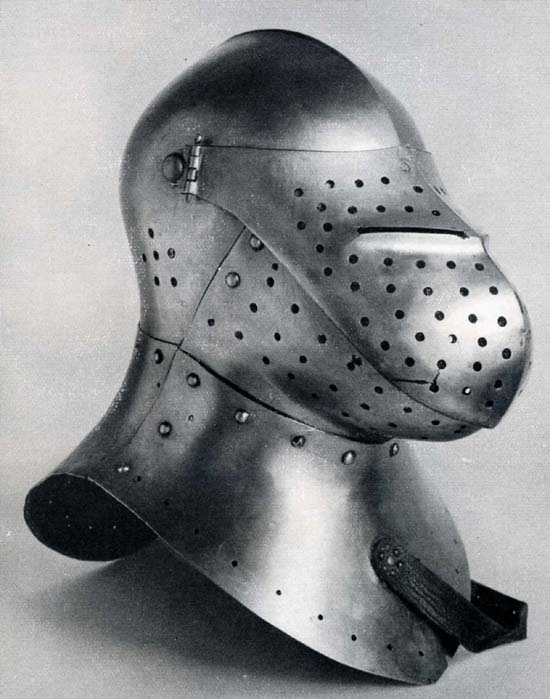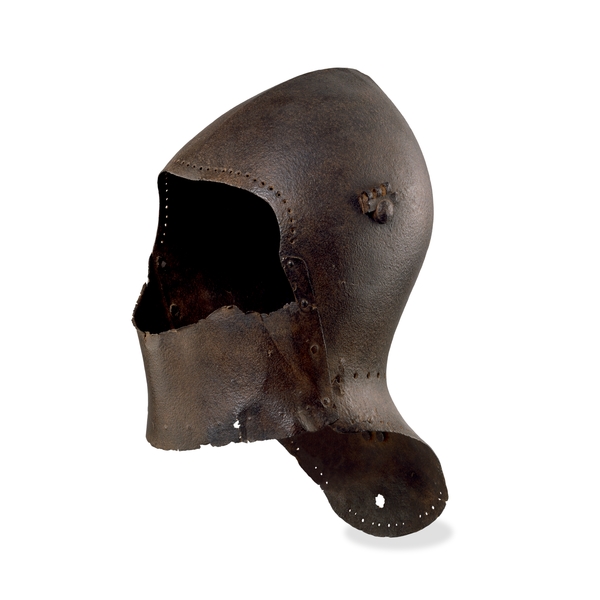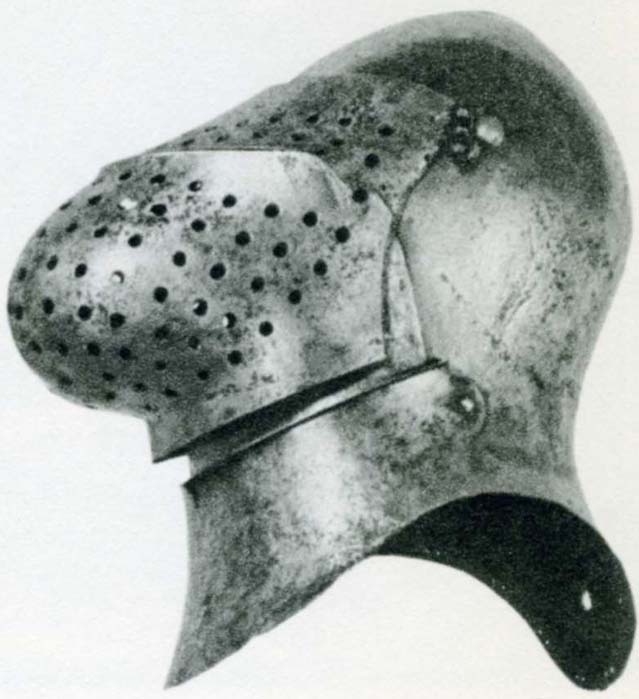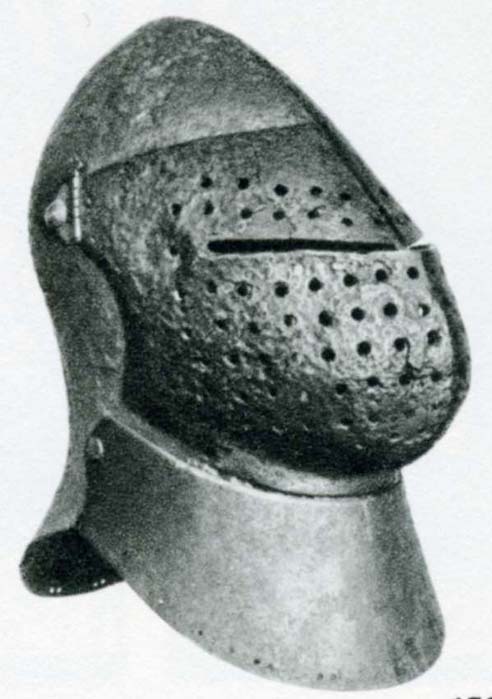I thought you guys might like to see some of these as they don't seem to get much press.
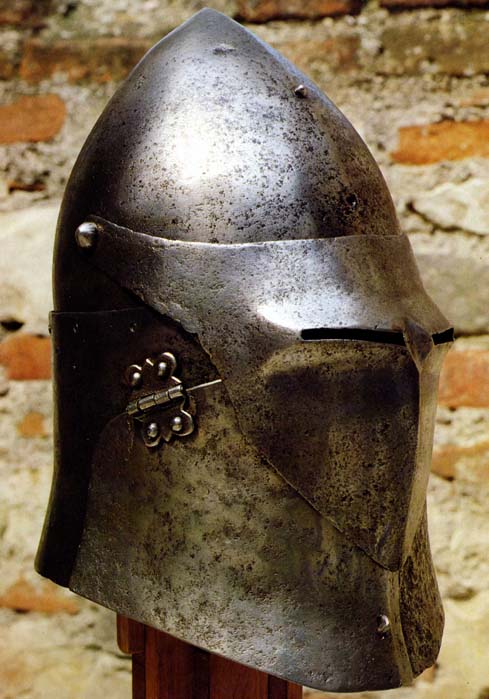
Venetian - ca. 1400- Museo Civico, Brescia
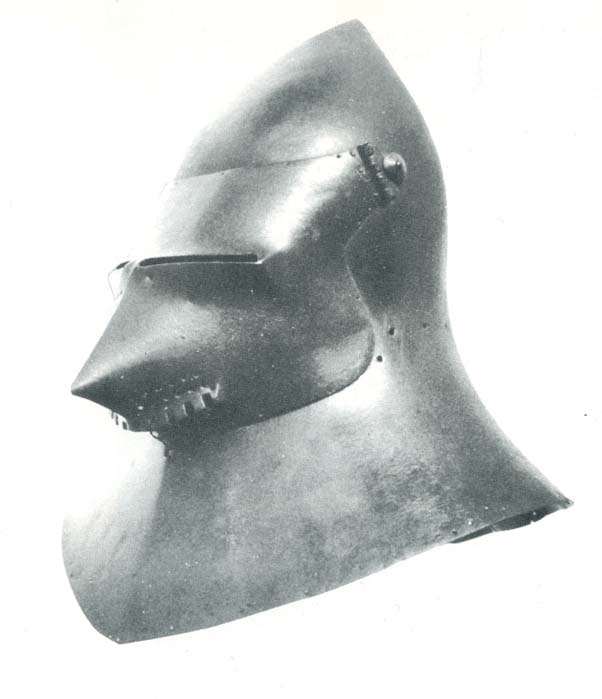
Venetian - ca. 1400 - Ducal Palace, Venice
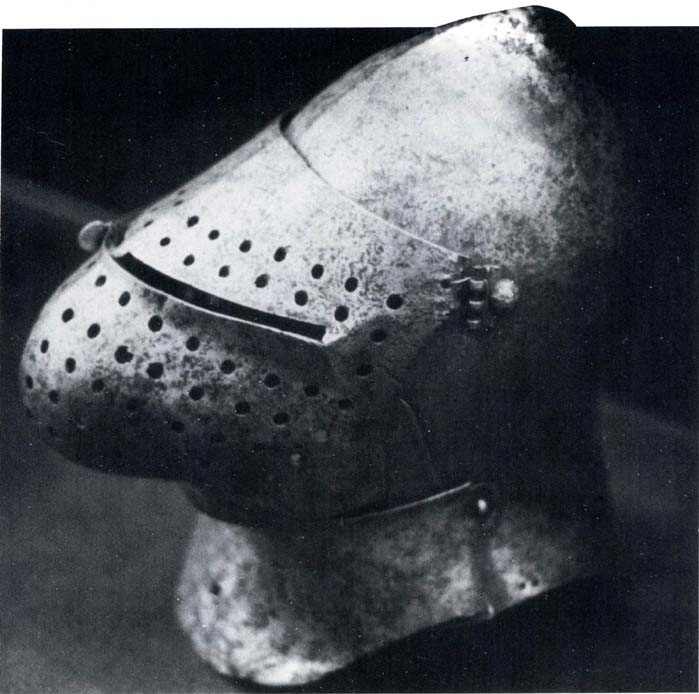
French - ca. 1400 - Musee de l'Armee, Paris
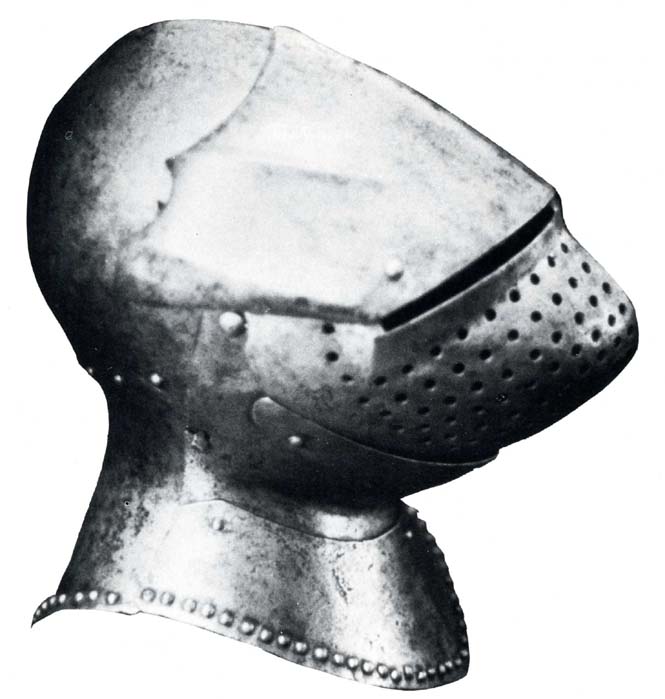
French - ca. 1400 - Musee de l'Armee, Paris
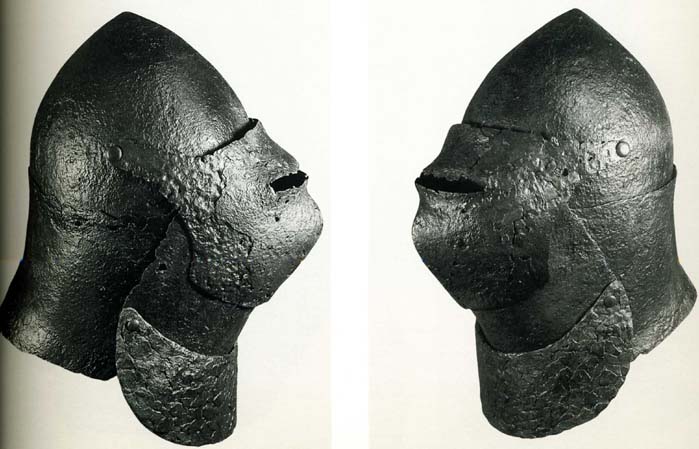
Italian - before 1415 - private collection
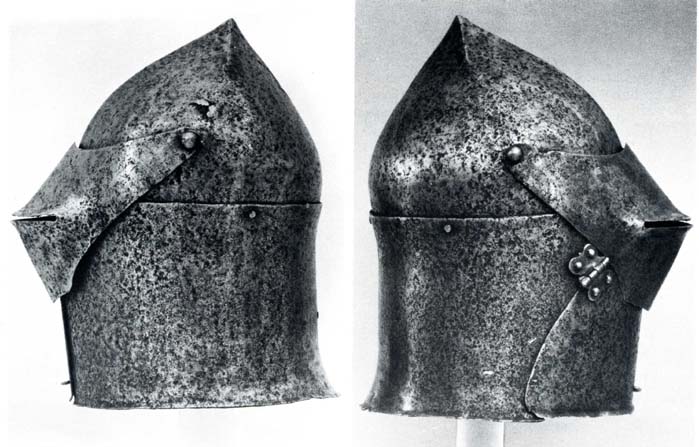
Italian - ca. 1430 - Met Museum, NY
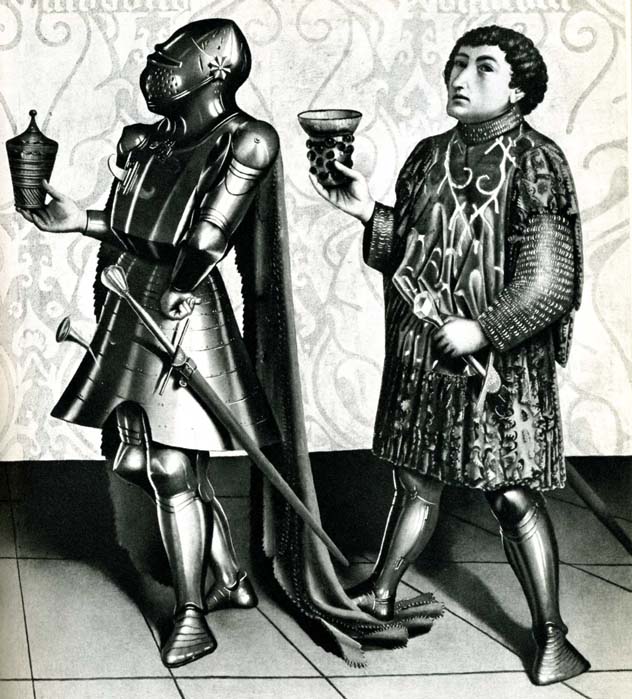
Painting by Witz, c. 1440
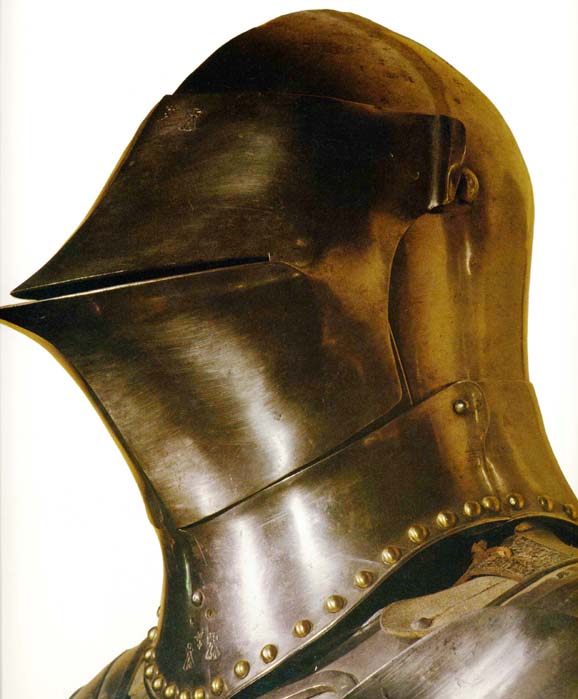
Missaglia of Milan - ca 1450 - Churburg Castle
